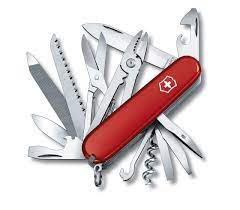The other day I was listening to a podcast about spreadsheets. Hang with me…
Those of you who know me know that I love math. I love data. I love a good spreadsheet. On his podcast “Cautionary Tales,” Tim Harford discussed some of the pitfalls of Microsoft Excel. The state-of-the-art ‘world beating’ system used an outdated version of Excel. It did not have enough lines to accommodate the amount of data they were trying to track. A grave error in spreadsheets used by the British government for contact tracing ultimately cost lives.
In another example, a doctor studying Enron’s spreadsheets after their bankruptcy found that at least one-quarter of the nearly 10,000 spreadsheets made public had at least one obvious error. Even further, those with at least one mistake averaged more than 750 errors.
How could there be so many errors?
Excel loves to autocorrect.
How is this possible? Of course, some errors are due to human error, but what else? For one, Excel loves to autocorrect. Hartford provides multiple examples, including genetic researchers who encountered problems entering the name of the gene Sept-1 only to have it autocorrect to the date in number format. One study estimated that 20% of all genetics papers published have errors caused by Excel autocorrection.
The creators of Excel designed it for accountants, not genetic researchers – yet all of us have access to it. Many of us use it in ways it was not intended for and without adequate training. Harford compares Excel to a Swiss Army knife. A Swiss Army knife is not the ideal tool to build a set of shelves, but you may be able to get the job done. You will, however, inevitably have to return to the project with the correct tools if you expect those shelves to stay on the wall.

Have you purchased new software or programs and never learned to use them to their fullest potential?
Dental Intel, Revenue Well, Solution Reach, Weave, Simplifye, Referral Lab – The incredible digital tools available in dentistry grow daily.
Many doctors and their teams are often sold on the “shiny new penny” of a new program or system but are not using them to their full potential. How many of your team members know all the benefits of the systems they use daily? Are you trying to build shelves with a Swiss Army knife?
The winning combination has been, and will always be: the right tools, in the right hands, combined with the right training.


